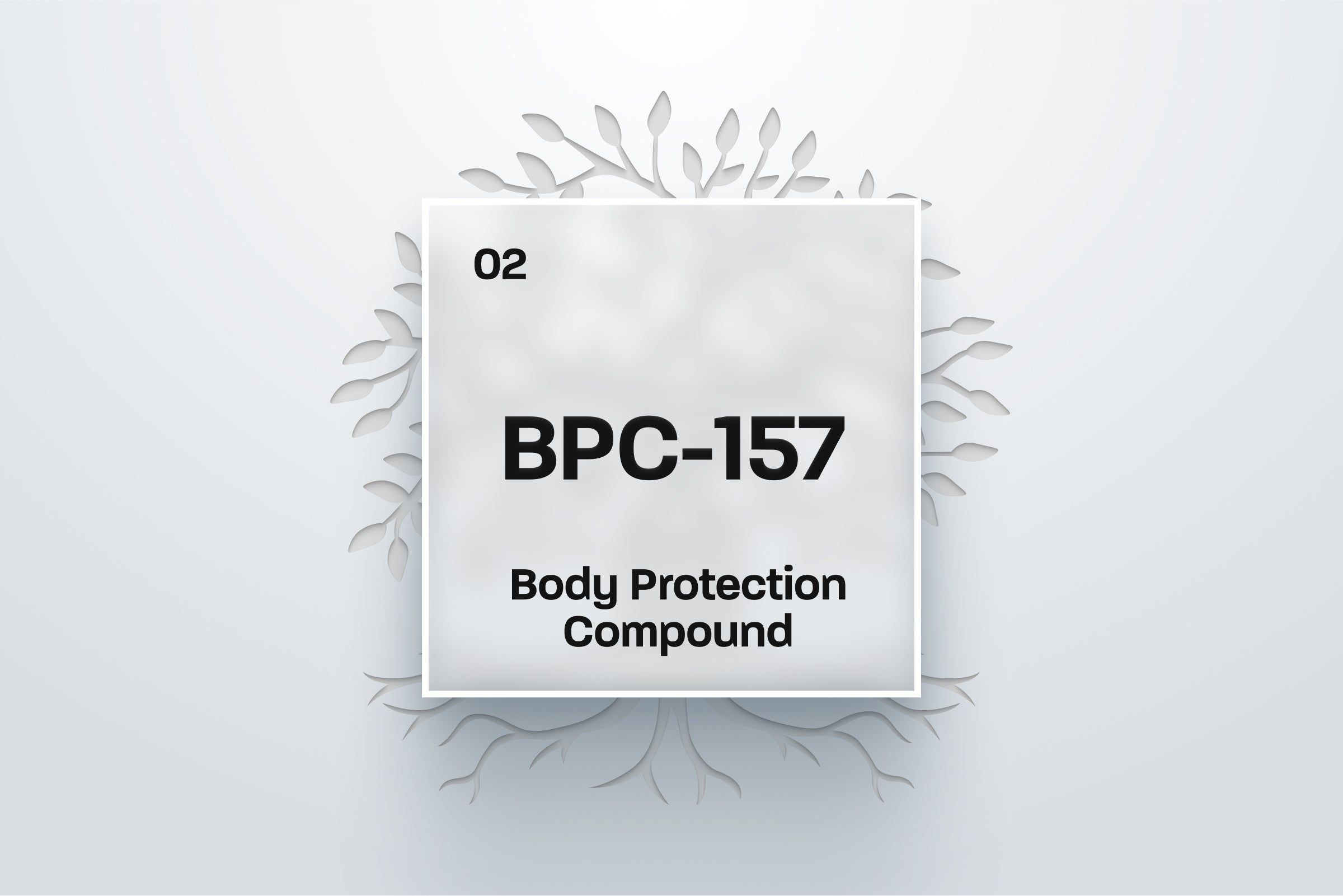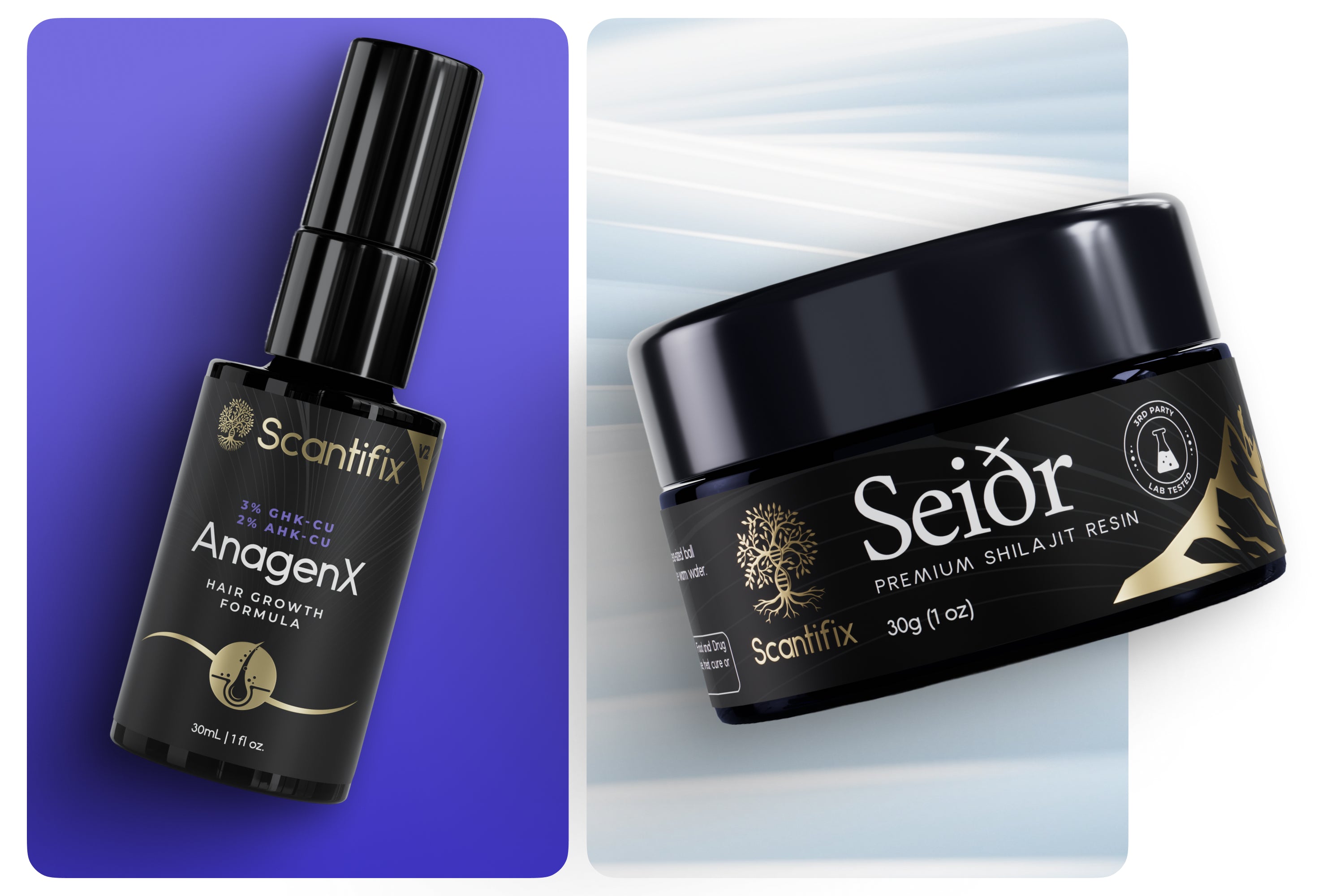Believe it or not, fluoride has been a widely used treatment in oral care for over a century and the go-to ingredient for enamel health for well over 50 years (Šket et al., 2017). After so much mainstream popularity, concerns have started to emerge about extended exposure and surface-level effects that have prompted many to look for alternatives. Luckily, science is now offering safer and more biologically compatible options like nano-hydroxyapatite and Oligopeptide-104 peptide, which work at a deeper level to rebuild and protect enamel with clinically validated results.
Let’s explore why people are seeking fluoride alternatives, what makes nHAp and peptide-based repair a smarter option, and how we combined the two ingredients to create a smarter formula for enamel health.
Why Fluoride Isn’t a One-Size-Fits-All Solution
Fluoride works by promoting the formation of fluorapatite—a harder, more acid-resistant surface layer on enamel. This helps guard against decay, but it only acts on the outermost few micrometers of the tooth surface and does not penetrate deeper lesions caused by erosion or demineralization. As a result, it strengthens the surface but doesn't rebuild the internal structure of enamel. This limits its ability to repair deeper damage caused by modern diets and acidic exposure (Amaechi et al., 2019).
In addition, fluoride has been shown to have some potential risks. Overexposure during development can lead to dental fluorosis, which causes discoloration or even structural defects in enamel. This typically occurs when fluoride is absorbed systemically during the years when permanent teeth are forming, and its effects are permanent once enamel development is complete (Niazi & Pepper, 2023). And although rare, accidental ingestion of high doses can result in toxicity, especially when multiple fluoride-containing products are used simultaneously (Whitford, 1992).
Given these limitations, consumers and clinicians alike are now exploring fluoride alternatives that offer both deeper repair and a better safety profile.
What Is Nano-Hydroxyapatite and How Does It Work?
Nano-Hydroxyapatite (nHAp) is a synthetic form of the natural mineral that makes up 97% of tooth enamel and 70% of dentin. In its nano-sized form, it can penetrate into microscopic defects in enamel, bonding directly to the tooth surface and filling in mineral loss from the inside out.
Unlike fluoride, which strengthens only the outer enamel layer, nHAp integrates into the structure of the enamel itself, helping to rebuild lost density and reduce sensitivity. It’s also biocompatible, non-toxic, and safe if swallowed, so there's no need to worry if it's accidentally swallowed (Amaechi et al., 2019).
Clinical research shows that nHAp toothpaste is comparable or superior to fluoride in remineralizing early enamel lesions, and it does so without the long-term risks associated with fluoride use (Amaechi et al., 2019). It also helps reduce surface roughness, increase brightness, and improve overall enamel smoothness.
In short, if you’re looking for the best remineralizing toothpaste, choosing one with nano-hydroxyapatite gives you both cosmetic and structural benefits without compromise.
What is Oligopeptide-104 (Enamelix®) and How Does It Work?
While nHAp delivers minerals, Oligopeptide-104 (Enamelix®) helps guide where and how those minerals are deposited. This self-assembling peptide forms a scaffold-like structure that mimics the natural development of enamel, encouraging structured remineralization instead of random mineral buildup.
In a randomized clinical trial, Oligopeptide-104 was found to reduce early signs of decay more effectively than fluoride varnish, showing a measurable ability to initiate enamel repair (Hassan et al., 2024). Additional studies show that this peptide-driven remineralization process begins within 24 hours and continues over time, with significant gains in enamel hardness after just two weeks (Klimaitė et al., 2025).
Further supporting this approach, a 2021 study demonstrated that biomimetic oligopeptides can promote the formation of enamel-like tissue and seal dentin tubules through guided mineralization—a process particularly beneficial for treating both erosion and hypersensitivity (Wang et al., 2021).
By acting as a biological blueprint, Oligopeptide-104 allows the enamel to rebuild in a way that respects the tooth’s native architecture.
Other Fluoride Alternatives and Their Tradeoffs
Several other non-fluoride approaches have popped up in recent years, each with strengths and limitations. Here's how they compare to nano-hydroxyapatite and peptide-based solutions:
CPP-ACP (Casein Phosphopeptide-Amorphous Calcium Phosphate)
This milk-derived complex stabilizes calcium and phosphate ions, delivering them to the enamel surface to aid remineralization. While effective in reducing early enamel lesions, its performance varies across studies. In some head-to-head comparisons, CPP-ACP was outperformed by bioactive glass (Chaudhury, 2019) and performed similarly to fluoride in others (Arya, 2019). While somewhat effective, it’s not suitable for individuals with dairy allergies or vegan lifestyles.
Bioactive Glass
Releases calcium, phosphate, and sodium ions when exposed to saliva, aiding in mineral deposition and dentin tubule occlusion. In head-to-head testing, hydroxyapatite outperformed bioactive glass by not only coating the enamel surface but also delivering deeper sub-surface repair, even under acid-challenge conditions (Güçlü et al., 2017). In addition, some users report a chalky or gritty mouthfeel, and certain formulations have high sodium content, which may not be appropriate for salt-sensitive individuals (Ramadoss & Padmanaban, 2022).
Arginine + Calcium Carbonate
Used primarily for sensitivity relief, this combination seals tiny pathways in the tooth that lead to nerves, helping prevent painful reactions to cold or pressure and raises oral pH. However, it lacks regenerative capacity and is often paired with SLS or surfactants that may disrupt the oral microbiome or irritate sensitive mouths (Wang et al., 2016; Joshi et al., 2024).
These alternatives provide some benefit, but they often fall short when it comes to deep, biologically guided repair that is needed to rebuild enamel at the structural level. In contrast, nHAp and Oligopeptide-104 (Enamelix®) offer a targeted, biomimetic approach that addresses both function and comfort. That’s why we harnessed these two ingredients to create a smarter solution: Dental Matrix.
Why Dental Matrix Takes a Different Approach
Dental Matrix was developed to go beyond surface protection by offering true enamel regeneration using only safe, biocompatible, and clinically supported ingredients.
What makes it different:
-
- Nano-Hydroxyapatite binds to damaged enamel and rebuilds the tooth surface at the microscopic level.
- Oligopeptide-104 (Enamelix®) forms a naturalistic scaffold that guides structured mineral deposition.
- No fluoride, sulfates, parabens, or abrasives.
- Uses phthalimidoperoxycaproic acid for whitening—an ingredient that gently lifts stains without scratching enamel.
- Third-party tested for purity and stability.
- Completely vegan and cruelty-free formula
This formulation is designed for daily use and is non-toxic, suitable for sensitive teeth, and safe for long-term oral health routines. If you're searching for the best hydroxyapatite toothpaste or a fluoride alternative that supports long-term oral health, Dental Matrix delivers a new standard in clean, intelligent care.
A New Standard in Enamel Care
Fluoride helped shape modern dentistry, but that doesn’t mean it’s the only path forward. Today, we have the science to support enamel in smarter, more biologically compatible ways.
Nano-hydroxyapatite and Oligopeptide-104 protect teeth and are supported by scientific studies showing measurable improvements in enamel hardness, structure, and sensitivity reduction. With no harsh chemicals, no risk of fluorosis, and no unnecessary additives, these ingredients represent the next generation of oral care: effective, clean, and safe for daily use.
Explore Dental Matrix to discover a fluoride-free, peptide-powered remineralization toothpaste designed to have real, lasting results.
References
Amaechi, B. T., et al. (2019). Comparative efficacy of a hydroxyapatite and a fluoride toothpaste for prevention and remineralization of dental caries in children. BDJ Open, 5, 18. https://doi.org/10.1038/s41405-019-0026-8
Güçlü, Z., Gjorgievska, E., & Coleman, N. (2017). An in vitro comparison of the enamel remineralisation potential of bioactive glass, hydroxyapatite and CPP-ACP. Retrieved from https://bibliotekanauki.pl/articles/1033584.pdf
Hassan, M. E., et al. (2024). Evaluation of the remineralization potential of self-assembling peptide P11-4 with fluoride compared to fluoride varnish. Clinical Oral Investigations. https://doi.org/10.1007/s00784-024-05822-z
Joshi, S., Vaidya, N., Gupta, B., Pustake, B., & Shinde, G. (2024). A comparative evaluation of arginine complex combined with fluoride and two standard non-fluoridated remineralizing agents: An in vitro study. Cureus. Retrieved from https://www.cureus.com/articles/229493-a-comparative-evaluation-of-arginine-complex-combined-with-flouride-and-two-standard-non-fluoridated-remineralizing-agents-an-in-vitro-study.pdf
Klimaitė, G., et al. (2025). The efficacy of remineralizing materials on artificial enamel lesions: An in vitro study. Medicina, 61(3), Article 462. https://doi.org/10.3390/medicina61030462
Niazi, F. C., & Pepper, T. (2023). Dental Fluorosis. StatPearls. https://www.ncbi.nlm.nih.gov/books/NBK585039/
Ramadoss, R., & Padmanaban, R. (2022). Role of bioglass in enamel remineralization: Existing strategies and future prospects—A narrative review. Journal of Biomedical Materials Research Part B: Applied Biomaterials. https://doi.org/10.1002/jbm.b.34904
Wang, Q.-Q., et al. (2021). Biomimetic oligopeptide formed enamel-like tissue and dentin tubule occlusion via mineralization. Journal of Applied Biomaterials & Functional Materials, 19, 1–13. https://doi.org/10.1177/22808000211005384
Wang, Y., Mei, L., Gong, L., Li, J., & He, S. (2016). Remineralization of early enamel caries lesions using different bioactive elements containing toothpastes: An in vitro study. Technology and Health Care, 24(6), 881–888. https://doi.org/10.3233/THC-161221
Whitford, G. M. (1992). Acute and chronic fluoride toxicity. Journal of Dental Research, 71(5), 1249–1254. https://doi.org/10.1177/00220345920710051901






Leave a comment
All comments are moderated before being published.
This site is protected by hCaptcha and the hCaptcha Privacy Policy and Terms of Service apply.